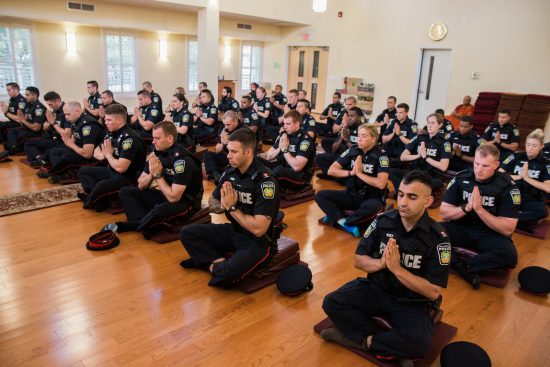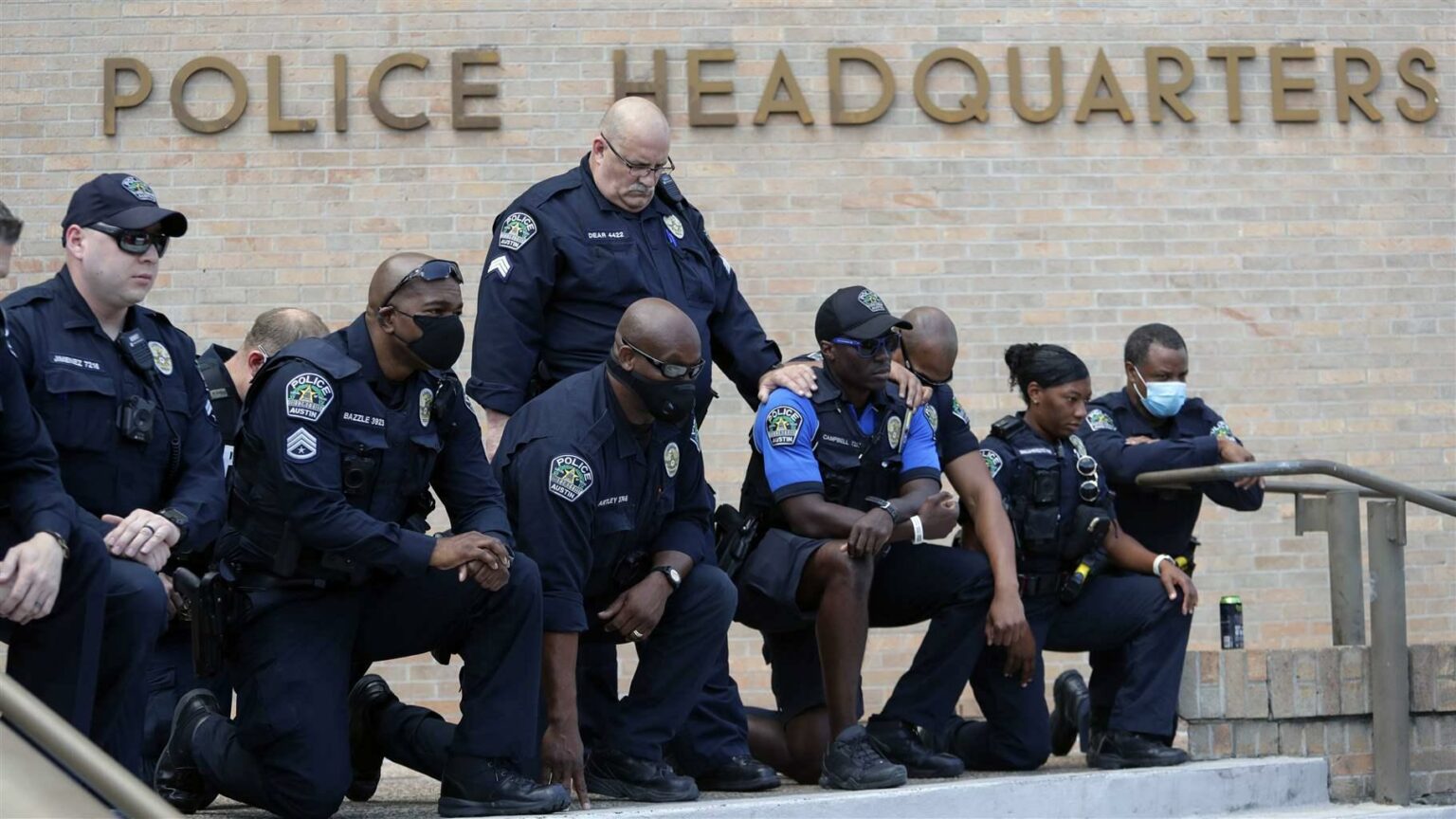Almost everything will work again if you unplug it for a few minutes, including you.

Almost everything will work again if you unplug it for a few minutes, including you. – Anne Lamott
As a first responder, the responsibility doesn't stop when your shift ends. The stressful situation, high-level decision-making, and traumatic exposure can cause chronic stress, emotional exhaustion, and physical tension. But what if the solution to mental focus and relaxation existed within you?
Seligman (2011) focuses on positive psychology and well-being, but there is no direct connection in his work to mindfulness in movement. A more relevant source should be cited here, or the statement should be reworded to reflect the actual scope of his research. By integrating everyday practices into your routine, you can turn stress into strength and balance body and mind.
Body and mind are closely interrelated. As stress builds up, it is expressed physically in the form of muscle tension, rapid breathing, and exhaustion. Adding movement and regulated breathing stimulates the parasympathetic nervous system, lowering cortisol
levels and inducing a sense of relaxation (Koenig, 2012).
For first responders, mindful movement is an intentional practice of breath and body awareness that aids emotional processing and tension release (Stanley et al., 2016).
Long shifts and irregular schedules make conventional exercise regimens difficult. But micro-movements—brief, deliberate stretches and exercises—can be easily woven into your day.
Try This: Every time between calls, stretch or roll shoulders 60 seconds to prevent building up tension.
Breathwork is perhaps the most potent yet under-appreciated tool for managing stress.
Shallow breathing or rapid breathing can activate the fight-or-flight response, whereas deep breathing or slow breathing engages the rest-and-digest state (Penedo & Dahn, 2005).
Try This: Before entering a high-stress situation, take three slow, deep breaths. This simple practice can help center you, enhance mental clarity, and promote a sense of calm.
Many first responders may not realize that something as simple as walking can become a mindfulness practice. Mindful walking is the practice of being present in each step, the cadence of your breath, and the environment around you.
Try This: Do a 5-minute mindful walk before or after work to switch from work mode to home mode.
After a long work shift, your mind and body require time to unwind. Guided relaxation techniques have been shown to enhance sleep, support emotional recovery, and reduce stress. Consider incorporating methods such as body scan meditation or guided imagery to promote relaxation and overall well-being.
● Body Scan Meditation: Lie down and mentally scan from head to toe, releasing tension in each part of the body.
● Guided Imagery: Imagine a relaxing scene, such as a beach or forest, to redirect your attention away from stress.
● Gratitude Reflection: Before bed, list three things you’re grateful for to promote a positive mindset.
Try This: Listen to a guided relaxation audio for 5-10 minutes before sleeping to improve rest and recovery.
Mindfulness doesn’t have to be a separate task on your to-do list—it can be woven into daily routines.
Tip: Incorporate mindfulness with something you do anyway every day, such as washing your hands or getting dressed, so that it becomes second nature.

When first responders adopt mindfulness via movement, breathing, and relaxation, the payoff goes beyond individual well-being. A grounded, present, and emotionally resilient first responder is better able to:
● Make clear, life-saving decisions under pressure (Seligman, 2011). ● Strengthen team cohesion and communication.
● Decrease long-term physical and emotional burnout (Maslach & Leiter, 2016).
Keep in mind: Small, conscious moments add up to great change. By integrating mindfulness into your daily routine, you build resilience, enhance decision-making, and sustain long-term well-being, allowing you to serve at your best.
Stress may be an unavoidable part of the job, but your response to it can define your resilience. Movement, breathwork, and relaxation techniques aren’t just strategies—they’re essential habits for long-term well-being.
So today, choose mindfulness. Breathe deeply, move with intention, and reclaim control over your mental and physical state. Because when you take care of yourself, you can serve others even better.
"Take care of your body. It’s the only place you have to live."
– Jim Rohn